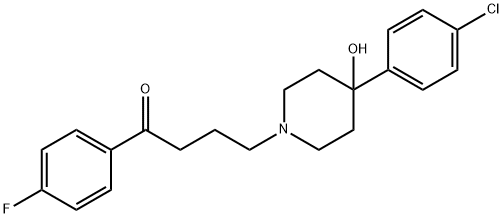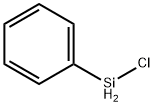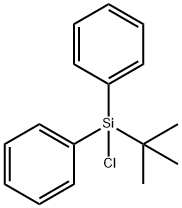A4731312
Haloperidol , 98% , 52-86-8
Synonym(s):
4-[4-(4-Chlorophenyl)-4-hydroxy-1-piperidinyl]-1-(4-fluorophenyl)-1-butanone;4-[4-(4-Chlorophenyl)-4-hydroxypiperidino]-4′-fluorobutyrophenone;4-[4-(p-Chlorophenyl)-4-hydroxypiperidino]-4′-fluorobutyrophenone;Haloperidol
CAS NO.:52-86-8
Empirical Formula: C21H23ClFNO2
Molecular Weight: 375.86
MDL number: MFCD00051423
EINECS: 200-155-6
| Pack Size | Price | Stock | Quantity |
| 1G | RMB135.20 | In Stock |
|
| 5G | RMB535.20 | In Stock |
|
| others | Enquire |
Update time: 2022-07-08
PRODUCT Properties
| Melting point: | 152 °C |
| Boiling point: | 529.0±50.0 °C(Predicted) |
| Density | 1.1820 (estimate) |
| Flash point: | 9℃ |
| storage temp. | 2-8°C |
| solubility | 45% (w/v) aq 2-hydroxypropyl-β-cyclodextrin: 0.39 mg/mL |
| form | powder |
| pka | 8.3(at 25℃) |
| color | white |
| Water Solubility | 2.058mg/L(22.5 ºC) |
| Merck | 14,4598 |
| BCS Class | 4/3 |
| CAS DataBase Reference | 52-86-8(CAS DataBase Reference) |
| NIST Chemistry Reference | Haloperidol(52-86-8) |
| EPA Substance Registry System | Haloperidol (52-86-8) |
Description and Uses
Haloperidol is a butyrophenone with a long duration of action. It has lile α- adrenoceptor blocking activity and minimal effect on the cardiovascular system. It is an effective antiemetic but has a high incidence of extrapyramidal adverse effects. Haloperidol may be used in the short-term management of the acutely agitated patient (when sinister causes of confusion such as hypoxaemia and sepsis have been excluded) and in the management of delirium in ICU. The duration of action of haloperidol is approximately 24–48h.
Antidyskinetic; antipsychotic
Safety
| Symbol(GHS) |   GHS06,GHS08 |
| Signal word | Danger |
| Hazard statements | H301-H315-H317-H319-H335-H361 |
| Precautionary statements | P201-P202-P280-P301+P310-P302+P352-P305+P351+P338 |
| Hazard Codes | T,F |
| Risk Statements | 60-61-25-36/37/38-43-39/23/24/25-23/24/25-11 |
| Safety Statements | 53-26-36/37/39-45-36/37-16 |
| RIDADR | UN 2811 6.1/PG 3 |
| WGK Germany | 3 |
| RTECS | EU1575000 |
| HazardClass | 6.1(b) |
| PackingGroup | III |
| HS Code | 2933399090 |
| Hazardous Substances Data | 52-86-8(Hazardous Substances Data) |
| Toxicity | LD50 orally in rats: 165 mg/kg (Goldenthal); i.p. in mice: 60 mg/kg (Collins, Horlington) |





